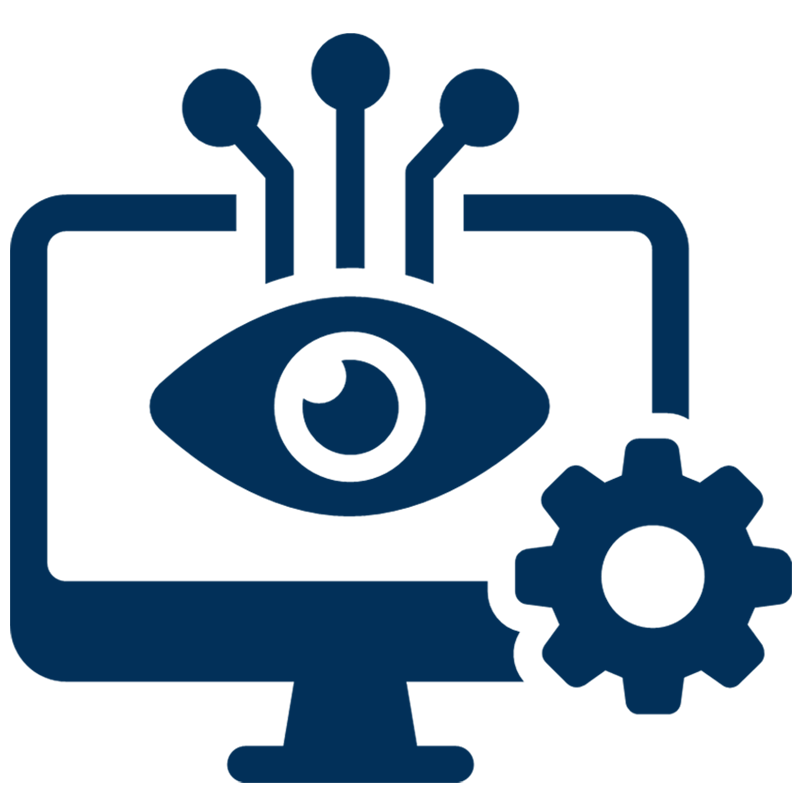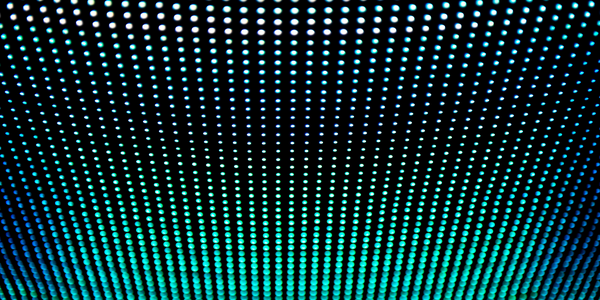Computer Vision

The purpose of computer vision is to program a computer to "understand" a scene or features in an image. it seeks to automate tasks that the human visual system can do. Computer vision systems are used increasingly to solve problems of industrial inspection, allowing for complete automation of the inspection process and to increase its accuracy and efficiency.One of the most common applications of computer vision is the inspection of the products such as microprocessors, cars, food, and pharmaceuticals. It also can be applied in detection, segmentation, localization, and recognition of certain objects in images (e.g., human faces).
Product Quality Inspection: Computer vision systems enable automated inspection of products during manufacturing processes, ensuring quality control and defect detection. Businesses can improve product quality, reduce manufacturing errors, and minimize rework or scrap costs by implementing computer vision-based inspection systems.
Retail Analytics and Customer Insights: In the retail sector, computer vision technology is used for analyzing customer behavior, foot traffic patterns, and shelf inventory. Retailers can optimize store layouts, product placements, and marketing strategies based on insights derived from computer vision analytics. Enhanced customer experiences and targeted promotions can drive sales and increase customer loyalty.
Technology Developers and Innovators: Technology developers and innovators drive advancements in computer vision algorithms, software frameworks, and hardware platforms. They conduct research, develop prototypes, and commercialize innovative solutions for diverse applications, addressing industry challenges and market demands. Developers collaborate with academic institutions, research organizations, and industry partners to push the boundaries of computer vision technology.
Business Owners and Executives: Business owners and executives are stakeholders with a vested interest in leveraging computer vision technologies to achieve strategic objectives and competitive advantages. They identify business opportunities, assess market needs, and make investment decisions regarding the adoption and implementation of computer vision solutions. Executives oversee project execution, allocate resources, and measure the impact of computer vision initiatives on business performance and profitability.
End Users and Consumers: End users and consumers interact directly with computer vision applications and systems in various contexts, such as retail, healthcare, entertainment, and transportation. They benefit from enhanced experiences, improved efficiency, and personalized services enabled by computer vision technology. End users provide feedback, usage data, and insights that inform product development and customization efforts, shaping the evolution of computer vision solutions to meet user needs and preferences.
Image Acquisition and Processing: Computer vision technology encompasses a range of techniques and algorithms for acquiring, processing, and analyzing visual data from images and videos. Image acquisition methods, such as cameras, drones, and satellite imagery, capture raw data, while image processing algorithms enhance, filter, and extract meaningful information from visual inputs.
Feature Extraction and Representation: Feature extraction algorithms identify salient visual features, patterns, and structures in image data, enabling the representation of objects, shapes, textures, and edges. Feature descriptors, such as histograms of oriented gradients (HOG), scale-invariant feature transform (SIFT), and convolutional neural networks (CNNs), encode discriminative information for subsequent analysis and recognition tasks.
Object Detection and Recognition: Object detection and recognition algorithms localize and classify objects of interest within images or videos, enabling tasks such as object tracking, counting, and categorization. Detection frameworks, such as YOLO (You Only Look Once) and Faster R-CNN (Region-based Convolutional Neural Network), utilize deep learning architectures to achieve high accuracy and efficiency in object detection tasks.
Training Data Acquisition: The quality and quantity of training data significantly impact the performance of computer vision models. Diverse and representative datasets are collected from various sources, including image databases, sensor feeds, and annotated repositories. Data acquisition processes may involve manual labeling, crowdsourcing, or automated data collection techniques to create labeled datasets for training computer vision algorithms.
Data Annotation and Labeling: Data annotation involves labeling images or videos with metadata, such as object classes, bounding boxes, segmentation masks, or keypoints, to provide ground truth information for supervised learning tasks. Annotation tools and platforms facilitate the efficient labeling of large-scale datasets by human annotators or crowdsourced workers, ensuring accurate annotations for training and evaluation purposes.
Data Preprocessing and Augmentation: Data preprocessing techniques, such as normalization, resizing, and cropping, prepare input data for training computer vision models by standardizing their format and enhancing their quality. Data augmentation methods, such as rotation, translation, and color manipulation, generate additional training samples to improve model generalization and robustness against variations in input data.
Infrastructure Planning and Setup: Deployment of computer vision systems involves planning and configuring the necessary infrastructure, including hardware, software, and networking components. Organizations need to assess their computing requirements, storage capacity, and network bandwidth to support the deployment of computer vision algorithms and applications effectively.
Hardware Procurement and Installation: The selection and procurement of hardware components, such as cameras, sensors, GPUs, and edge devices, are critical decisions in deploying computer vision systems. Organizations must consider factors such as performance, scalability, power consumption, and environmental conditions when choosing hardware solutions for their specific use cases.
Case Studies.





